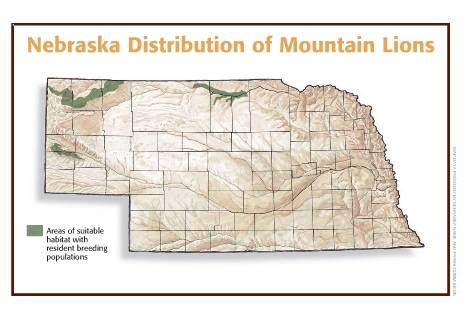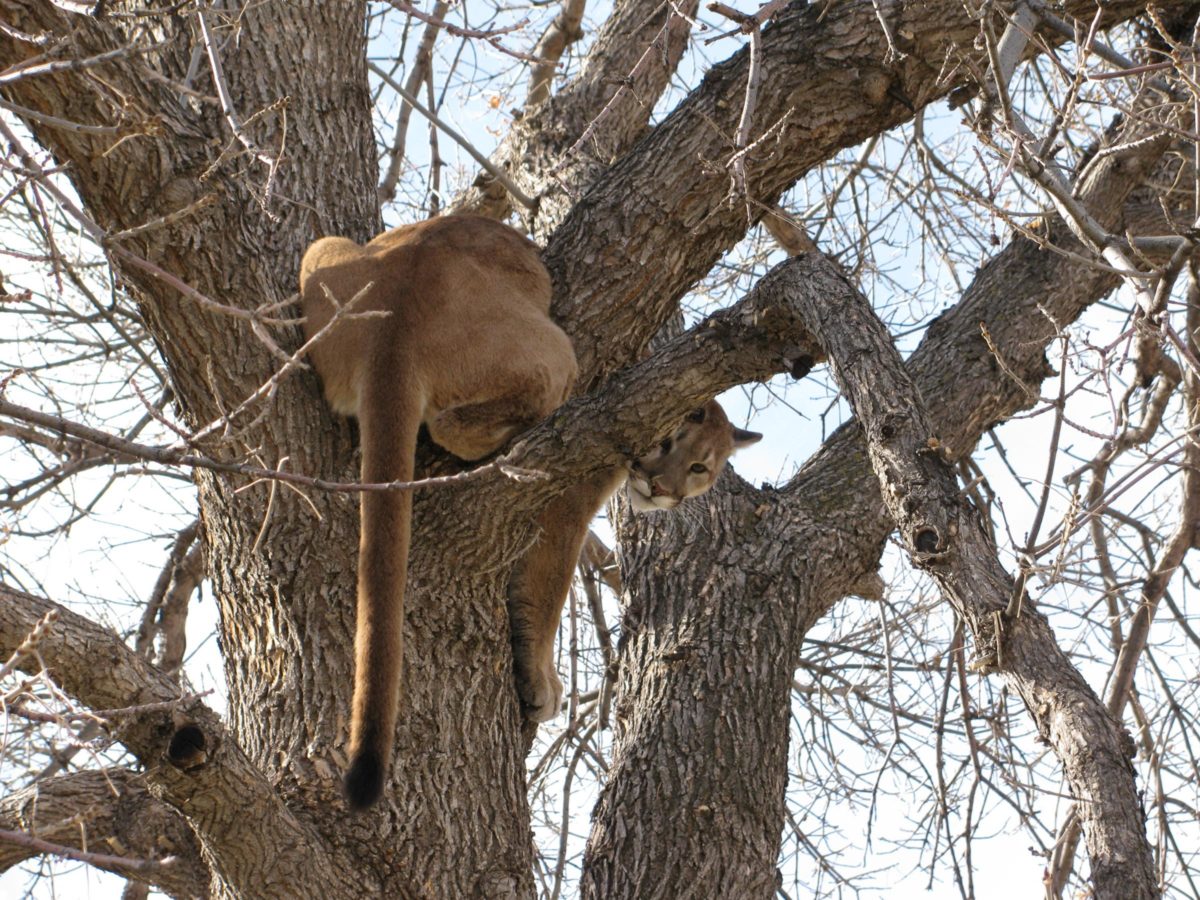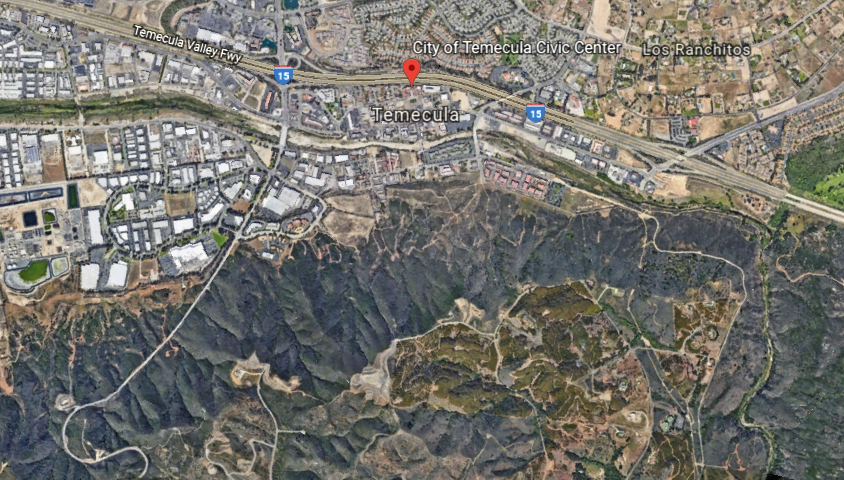With only 59 mountain lions in Nebraska, the state wants yet another hunt! Please comment on this irresponsible proposal by June 19.
 In 2018, the Nebraska Game and Parks Commission approved the first mountain lion hunt in the state since 2014. At that time, biologists estimated that around 59 total mountain lions, including kittens, lived in the Pine Ridge region. During this last season, hunters killed three males and two females. In the past 12 months, six additional mountain lion deaths were reported in the Pine Ridge region.
In 2018, the Nebraska Game and Parks Commission approved the first mountain lion hunt in the state since 2014. At that time, biologists estimated that around 59 total mountain lions, including kittens, lived in the Pine Ridge region. During this last season, hunters killed three males and two females. In the past 12 months, six additional mountain lion deaths were reported in the Pine Ridge region.
Without knowing how many kittens would be adding to the population, having a current population estimate, or knowledge of how many mountain lions that migrated to or from the area, Nebraska Game and Parks is once again proposing another hunt.
If another hunt is permitted, hunters will be able to kill up to 8 total mountain lions or 4 females. Contact Nebraska Game and Parks Commission TODAY to tell them to say NO to another hunt!
Allowing hunters to kill lions in such a small population is a blatant disregard for the best available science, as well as the views of Nebraska’s residents who don’t support this hunt. Take action today for Nebraska’s mountain lions!
Protect Nebraska’s Lions
A few minutes of your time will make a big difference for Nebraska’s lion population.
Please take a moment to reach out to the Nebraska Game and Parks Commission today.
COMMENTS ARE DUE BY JUNE 19, 2019 AT 1:00 PM CDT.
Please call the Commission at (402) 471-5432 and urge them to oppose a mountain lion hunt.
Here’s all you have to say:
Hello, my name is (Your Name) and I am a Nebraskan from (City and Zip code). I am calling to urge the Commission to end mountain lion hunting in Nebraska. Nebraska’s mountain lion population is not large enough to sustain a trophy hunting season and the majority of Nebraskans oppose a hunt. Hunting is not the way to manage mountain lions. Thank you!
Then, use the talking points provided below and your own experience to write your letter. Thank you!
Send your personal letters to:
Attn: Sandra Paice
P.O. BOX 30370
2200 N. 33rd St.
Lincoln, NE 68503
Nebraska Game and Parks Commission
Talking points for your letter:
-
- Hunting is an ineffective and unnecessary way to manage mountain lion populations.
- Nebraska’s lion population is far too small to withstand an onslaught by trophy hunters.
- Trophy hunting will trigger more conflicts between mountain lions and domestic animals.
- The majority of Nebraskans want a healthy mountain lion population.
- The best way to ensure a sustainable lion population is by stopping the hunt.
Submit your comments online or via email:
You can view the proposed regulations and comment online by clicking here. If you wish to submit your comments via email, please send them to sandra.paice@nebraska.gov.



